Advancements in Motor Technology
Technological advancements in motor design and efficiency are significantly influencing the Automotive Wheel Motor Market. Innovations such as improved magnetic materials and enhanced cooling systems are leading to more efficient and compact wheel motors. These advancements not only enhance vehicle performance but also contribute to energy savings, which is crucial for electric vehicles. The market for advanced motor technologies is anticipated to grow at a compound annual growth rate (CAGR) of around 15% through 2025. This growth indicates a strong demand for high-performance wheel motors, compelling manufacturers to invest in research and development to stay competitive in the Automotive Wheel Motor Market.
Growing Demand for Electric Vehicles
The increasing consumer preference for electric vehicles (EVs) is a primary driver for the Automotive Wheel Motor Market. As environmental concerns rise, more consumers are opting for EVs, which are perceived as cleaner alternatives to traditional internal combustion engine vehicles. This shift is supported by various government incentives aimed at promoting EV adoption. In 2025, the market for electric vehicles is projected to reach approximately 30 million units, indicating a robust growth trajectory. Consequently, the demand for automotive wheel motors, which are integral to the performance of electric vehicles, is expected to surge. This trend suggests that manufacturers in the Automotive Wheel Motor Market must adapt to meet the evolving needs of the automotive sector.
Increased Focus on Autonomous Vehicles
The rise of autonomous vehicle technology is reshaping the Automotive Wheel Motor Market. As manufacturers develop self-driving cars, the need for precise and responsive wheel motors becomes paramount. These motors must provide real-time feedback and control to ensure safety and efficiency in autonomous driving scenarios. The market for autonomous vehicles is expected to reach 10 million units by 2025, driving demand for specialized wheel motors that can support advanced driving features. This trend suggests that companies in the Automotive Wheel Motor Market may need to collaborate with tech firms to integrate cutting-edge technologies into their products.
Regulatory Push for Sustainable Mobility
Regulatory frameworks promoting sustainable mobility are acting as a catalyst for the Automotive Wheel Motor Market. Governments worldwide are implementing stricter emissions standards and encouraging the adoption of electric and hybrid vehicles. This regulatory push is likely to increase the demand for automotive wheel motors, which are essential components in electric and hybrid vehicles. By 2025, it is estimated that over 50% of new vehicle sales will be electric or hybrid, further emphasizing the need for efficient wheel motors. Manufacturers must align their strategies with these regulations to capitalize on the opportunities presented by the evolving automotive landscape.
Rising Investment in Electric Mobility Infrastructure
Investment in electric mobility infrastructure is a crucial driver for the Automotive Wheel Motor Market. As charging stations and related facilities become more widespread, the adoption of electric vehicles is expected to accelerate. This infrastructure development is projected to reach a market value of over 100 billion by 2025, indicating a strong commitment to supporting electric mobility. Consequently, the demand for automotive wheel motors will likely increase as more consumers transition to electric vehicles. This trend suggests that stakeholders in the Automotive Wheel Motor Market should consider partnerships with infrastructure developers to enhance their market presence.


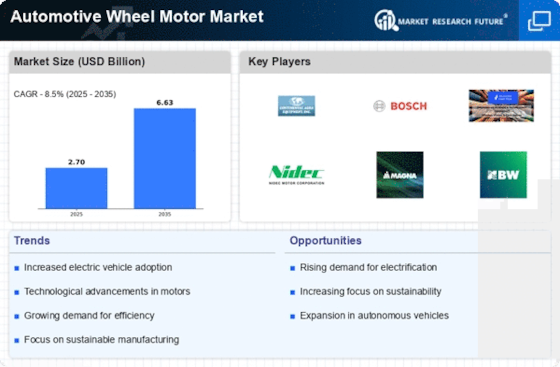
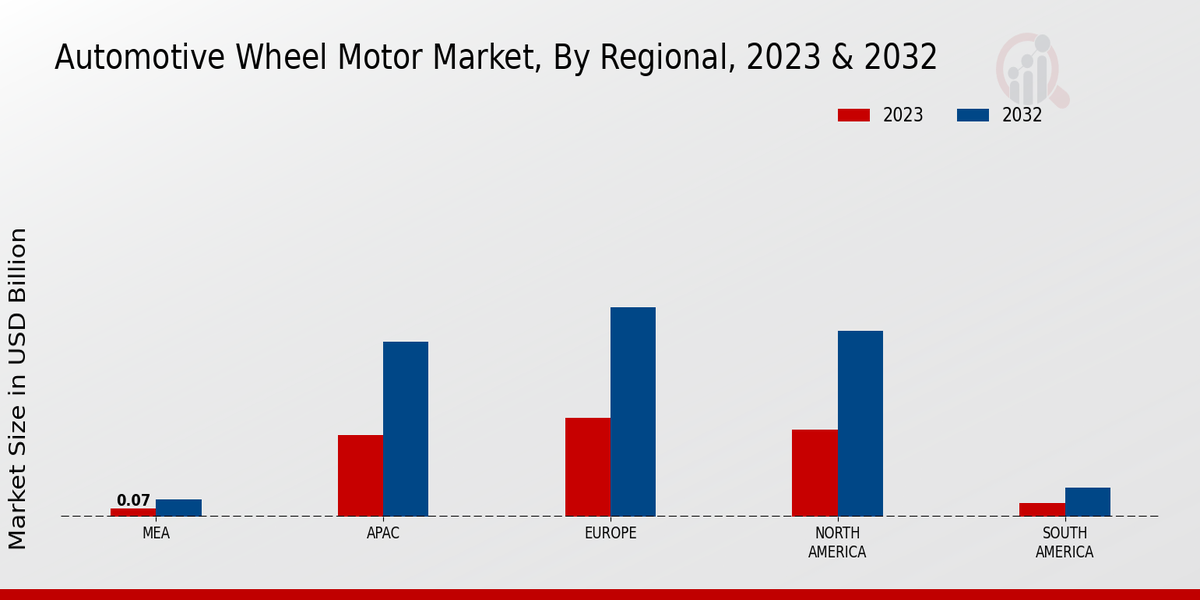
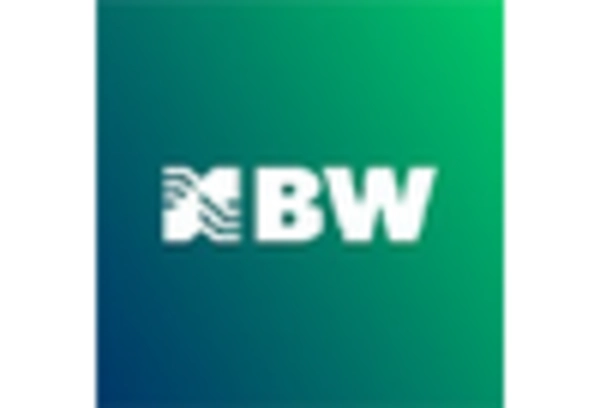

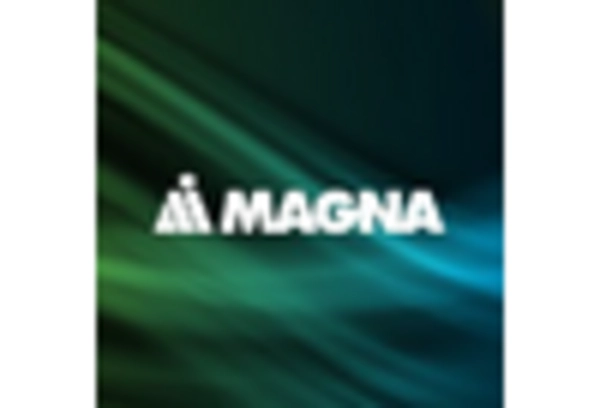
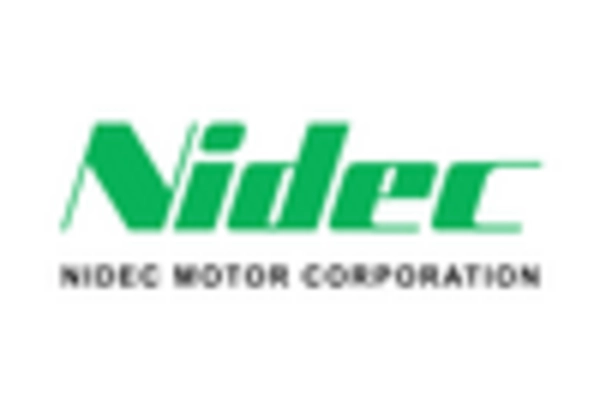










Leave a Comment